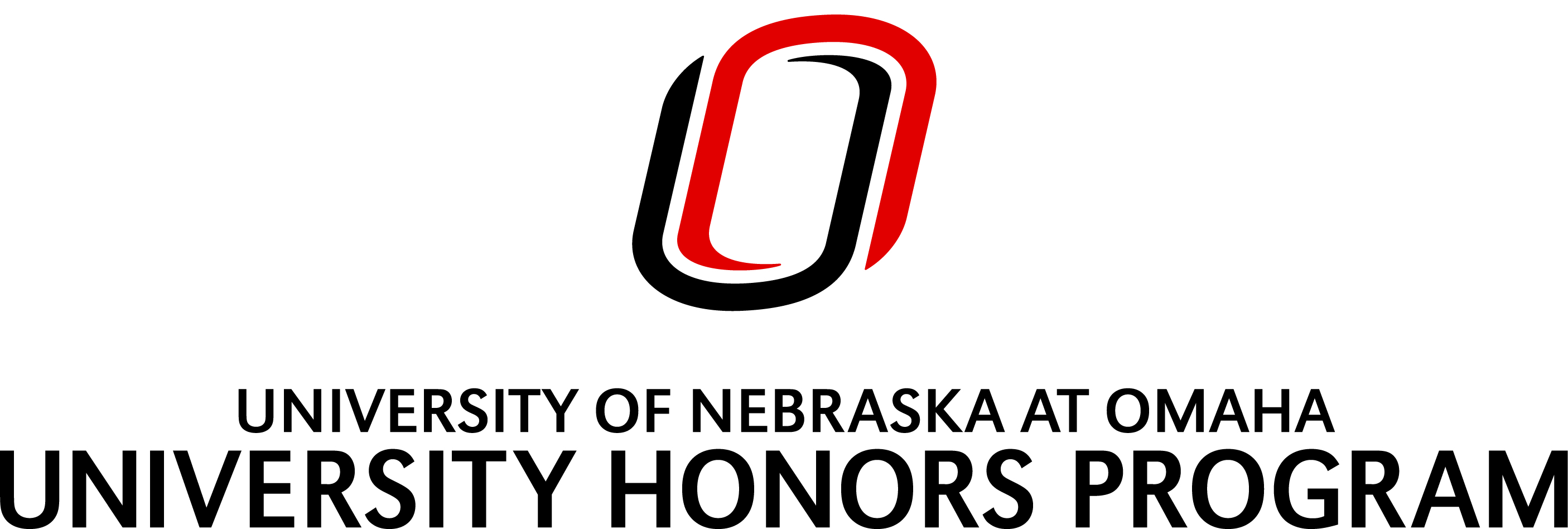Month/Year of Graduation
5-2019
Degree Name
Bachelor of Science in Molecular and Biomedical Biology (BTCHBS)
Department
Biology
First Advisor
Paul H. Davis, Ph.D.
Abstract
In recent years, antimicrobial drug resistance has become widespread and thus triggered an ever-growing need for the development of new, efficacious drug treatments. As an antimicrobial drug is developed, its mechanism of action is often identified before it becomes a potential candidate for clinical use. One potential method for identifying mechanism of action is chemical mutagenesis, in which induction of drug-resistant populations is followed by whole-genome sequencing of several clonal isolates. The subsequent observation of identical point mutations in the same gene across multiple drug-resistant populations can indicate a likely molecular target. However, this technique lacks the capacity to facilitate speedy and robust elucidation of the mechanism of action of experimental compounds, indicating a need for improved methods to enhance the efficiency of high-throughput drug target identification. In this work, a novel technique utilizing double chemical mutagenesis was developed in order to quickly induce the high levels of resistance indicative of specific resistance in the apicomplexan parasiteToxoplasma gondii. This technique is being used to identify drug targets in experimental compound, SW33, that has shown efficacy against T. gondii.
Recommended Citation
Watson, Sean, "Elucidating the Mechanism of Action of Experimental Compound SW33 in Toxoplasma gondii" (2019). Theses/Capstones/Creative Projects. 48.
https://digitalcommons.unomaha.edu/university_honors_program/48

